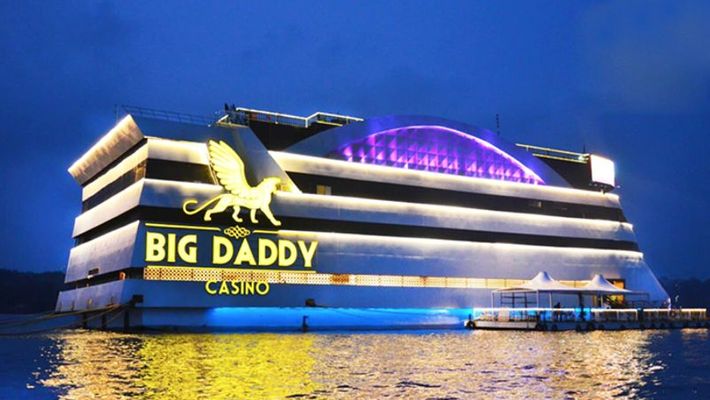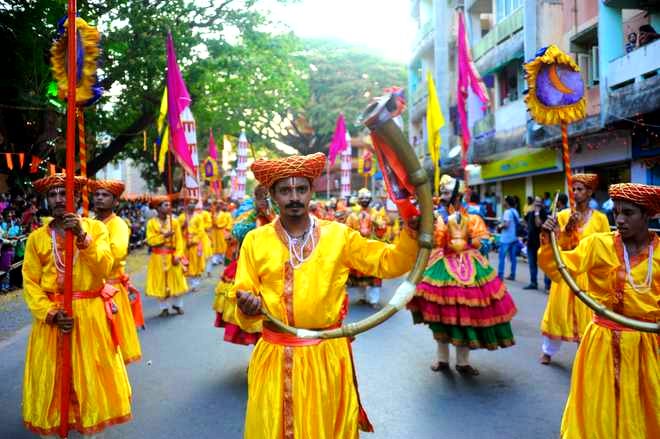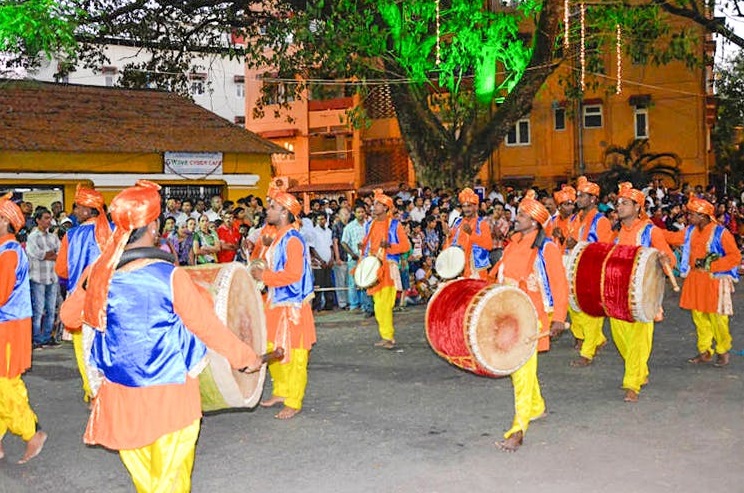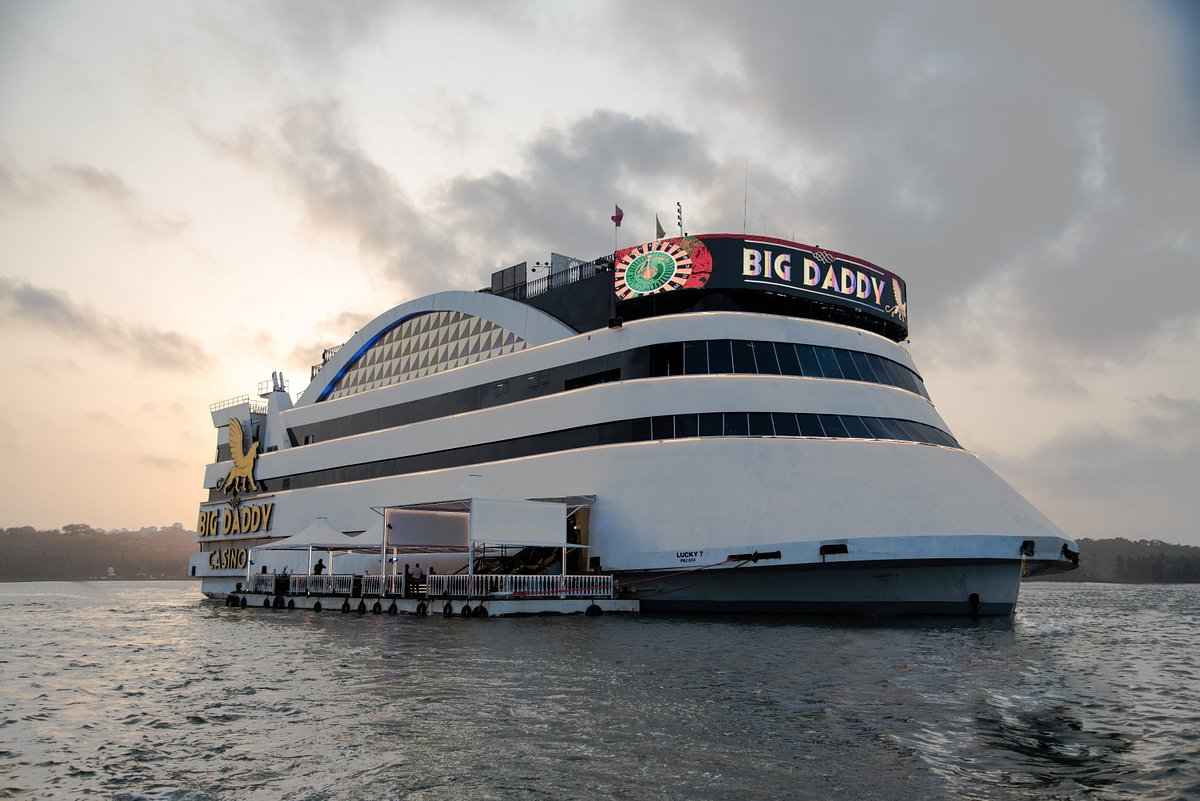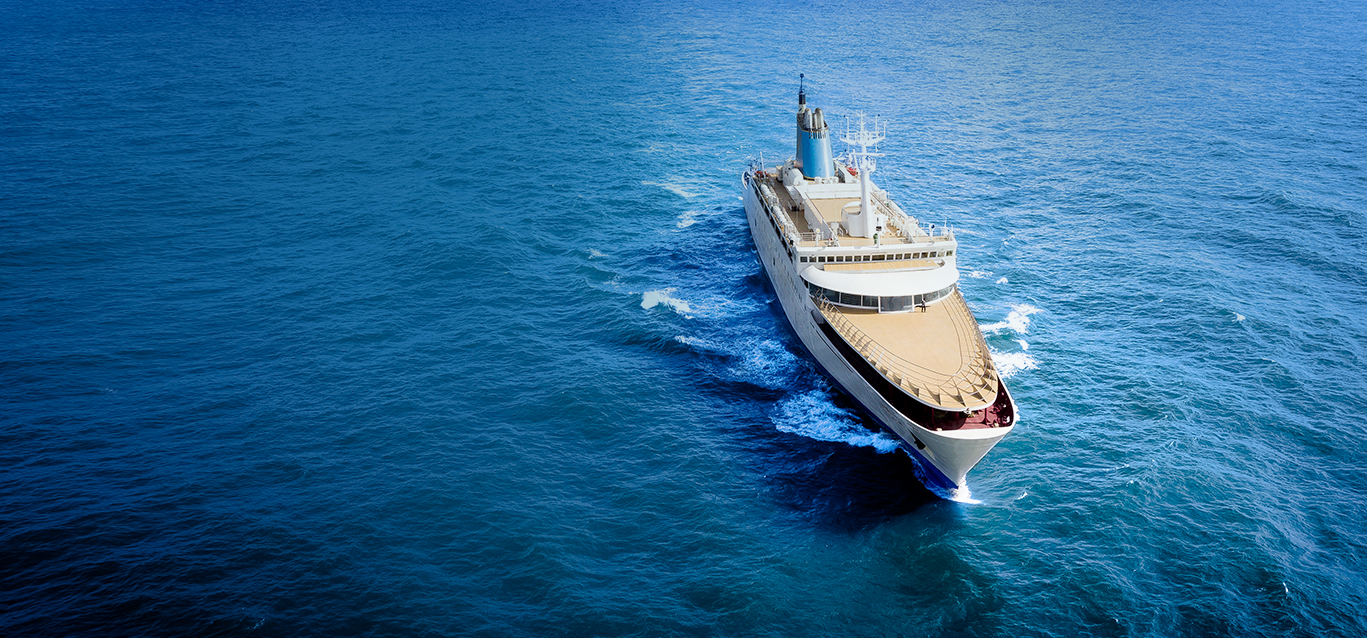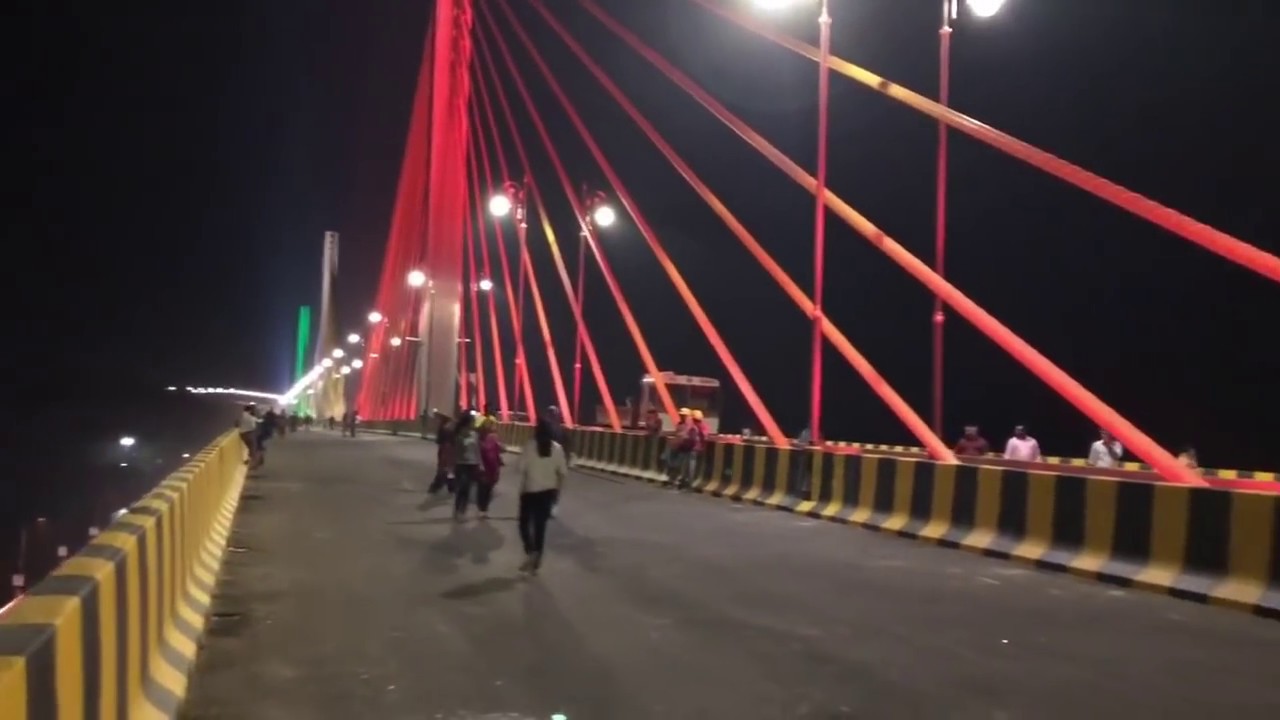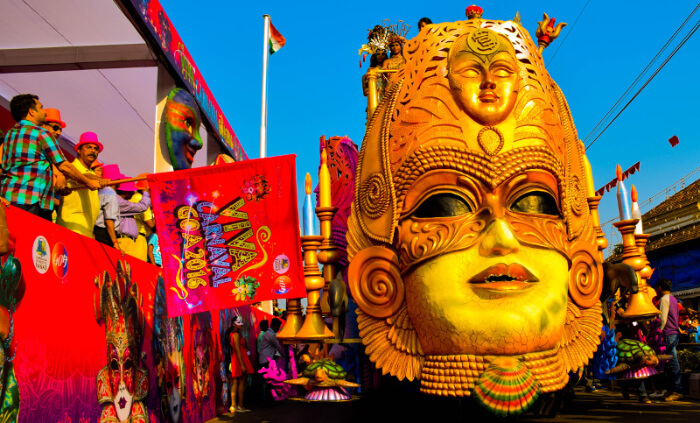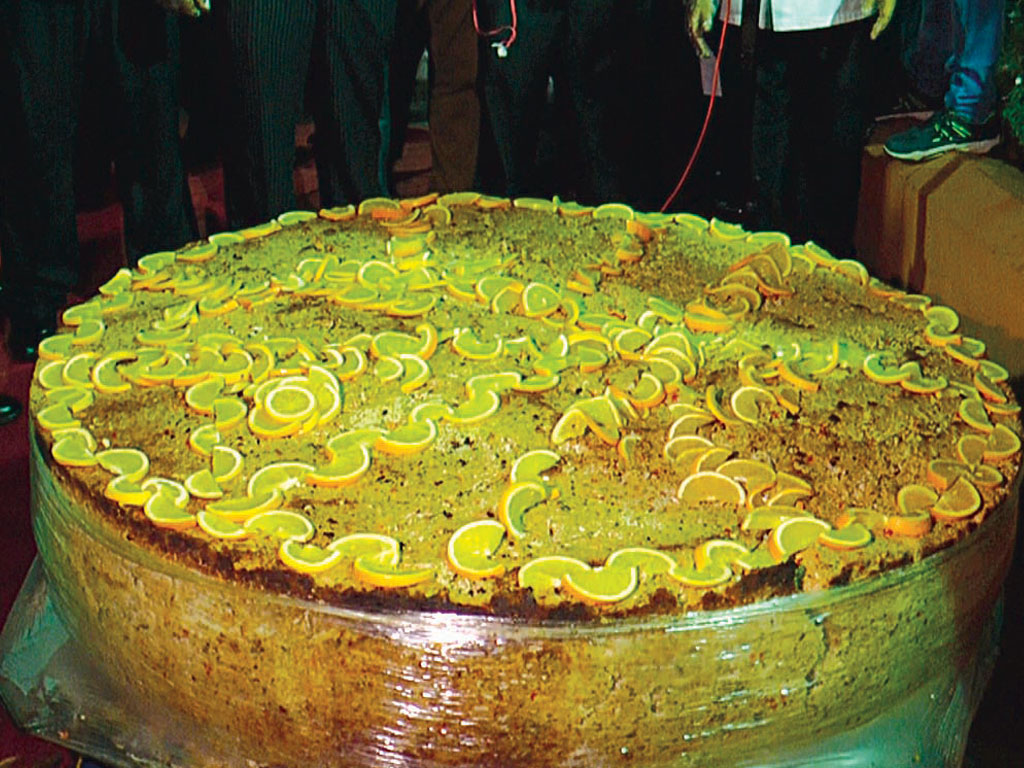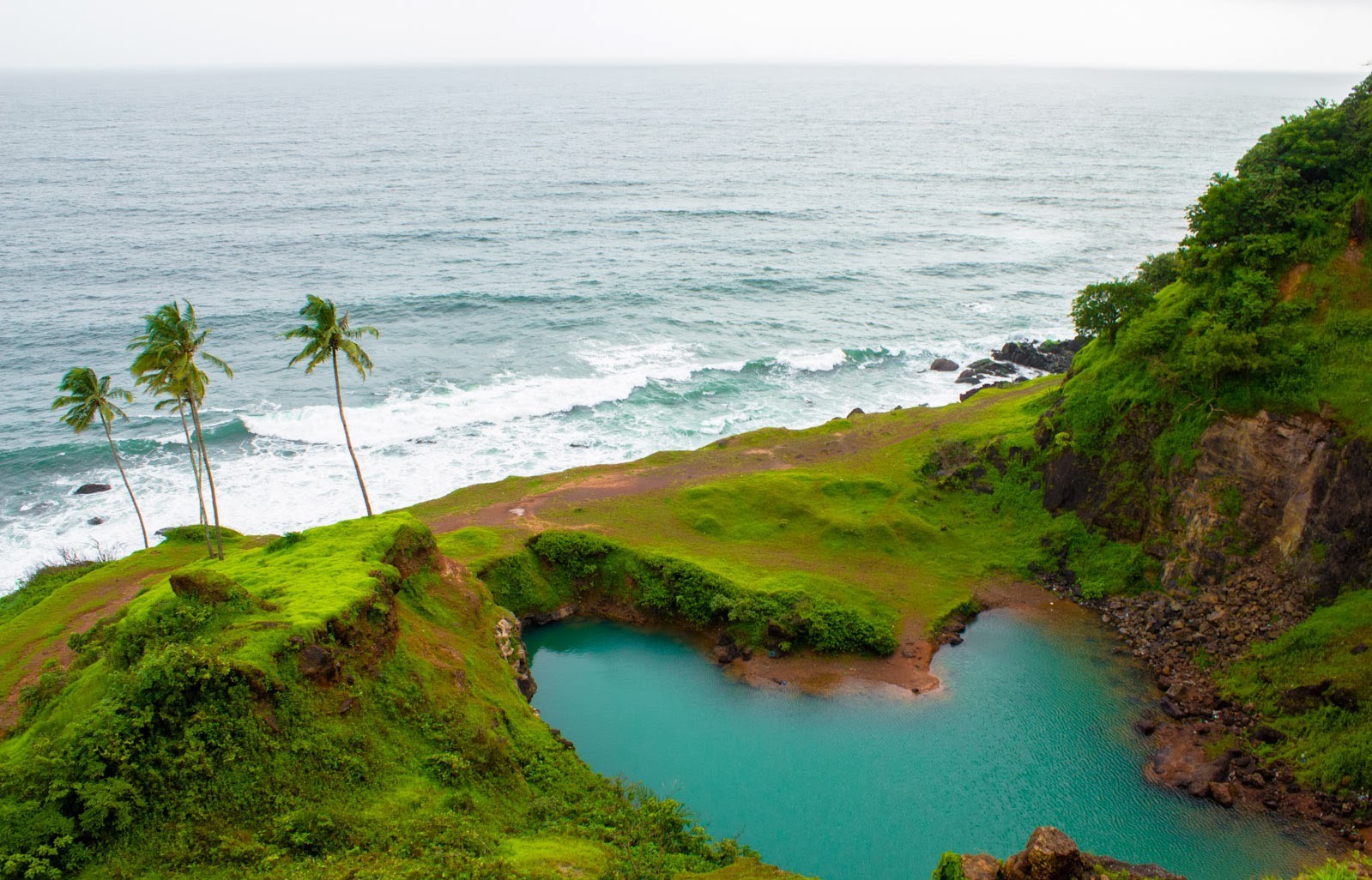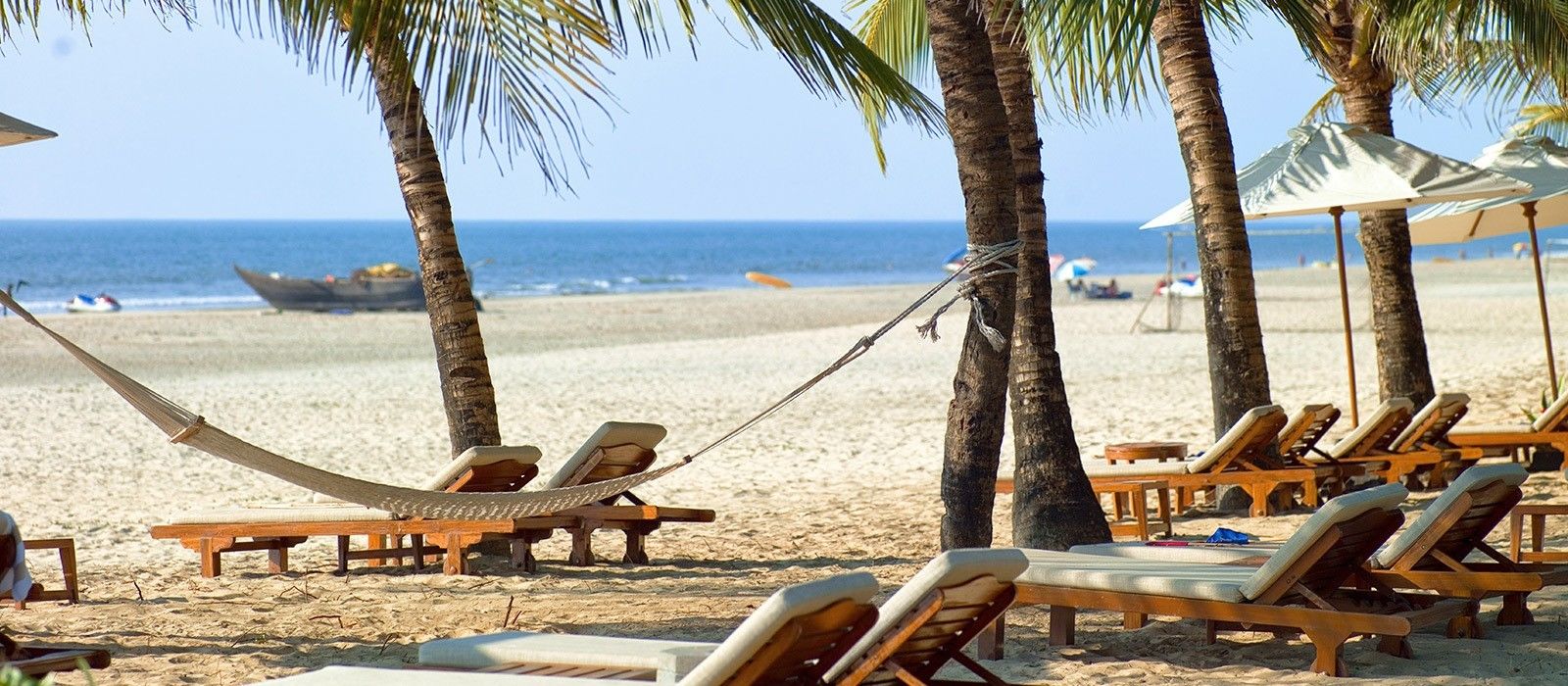Celebrate the colours of spring with drums, flags and coconuts
Dates for Shigmo Festival 2019 float parades
Date:
21.03.2020 - 05.04.2019
Dates for Shigmo 2019 float parades
| DATES |
DAY |
CENTRES |
| 21/03/2019 |
Thursday
|
Ponda |
| 22/03/2019 |
Friday
|
Dharbandora |
| 23/03/2019 |
Saturday
|
Panaji |
| 24/03/2019 |
Sunday
|
Mapusa |
| 25/03/2019 |
Monday
|
Pernem |
| 26/03/2019 |
Tuesday
|
Bicholim |
| 27/03/2019 |
Wednesday
|
Sanquelim |
| 28/03/2019 |
Thursday
|
Valpoi |
| 29/03/2019 |
Friday
|
Vasco |
| 30/03/2019 |
Saturday |
Quepem |
| 31/03/2019 |
Sunday |
Margao |
| 01/04/2019 |
Monday
|
Curchorem |
| 03/04/2019 |
Wednesday
|
Sanguem |
| 04/04/2019 |
Thursday
|
Cuncolim |
| 05/04/2019 |
Friday
|
C |
In touristy Goa, Goans are busy with the annual and colourful Shigmo festival right now.
A spring festival held mainly in February and March, it makes the State a good time to visit, with the forests of the Western Ghats decorated with blooms and people’s homes filled with the abundance of the harvest.
The festival begins on Falgun, a month of the Hindu calendar, and culminates on Gudi Padwa, the Hindu New Year that falls on March 18 this year. Steeped in ritualistic traditions, it coincides with the pan-Indian Holi festival.
Festivities start in South Goa in the southernmost taluk, Canacona, just a few days before Holi. It is predominantly a village festival celebrated by farmers, and artists, and begins with the culmination of male dancers and musicians called ‘mel’ at a ‘maand’ (sacred space) and invocation of local deities known as ‘naman’.
Then this group performs in front of village houses, which is called ‘veera mel’, where they are offered coconuts and food grains by householders. The other dances which are part of this tradition are ‘tonya mel’, ‘talgadi and ‘goff’.
It may not always be possible to witness all these folk dances, as they are mostly held in remote villages of Goa at night. But, you can get a a glimpse of the Shigmo parade, which will give you an idea of the cultural richness of this part of the country.
Here, you will witness some of the common dance forms like ‘romta mel’, which is a ceremonial dance procession where male dancers dance with flags, banners in hand to the beats of dhol, tashe, and other musical instruments.
The other popular dance is the ‘ghodemodni’, a warrior dance where men dressed in colourful attire perform with a sword and a wooden frame of a horse, around their waist. You can also witness ‘goff’, ‘dhalo’, ‘fugdi’, etc. The other attraction is the colourful tableaus that depict scenes from mythological stories.
Hundreds of people stand for hours along the roadside to experience this extravaganza. These parades are organised with support from the State Government.
There are various festivals which are held after Holi. The major festival during these days is the Gulalutsav held at the Damodar temple, Zambaulim, 20 kilometres from Margao in South Goa.
Here the celebrations start in the last week of Falgun and on the last day the deity is taken in procession in a palanquin. At this time, devotees smear gulal on each other.
However, no colour is smeared or thrown on women. If you want to welcome the spring, Goa is the place to be today.
